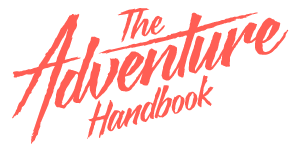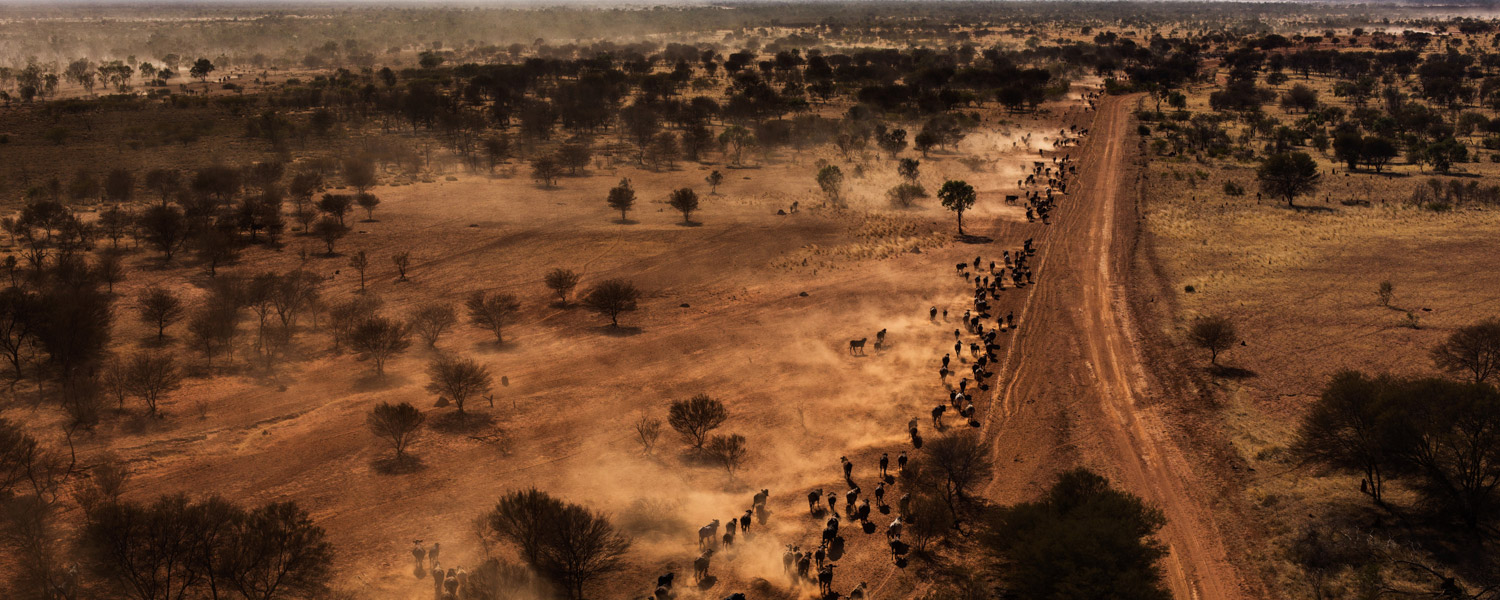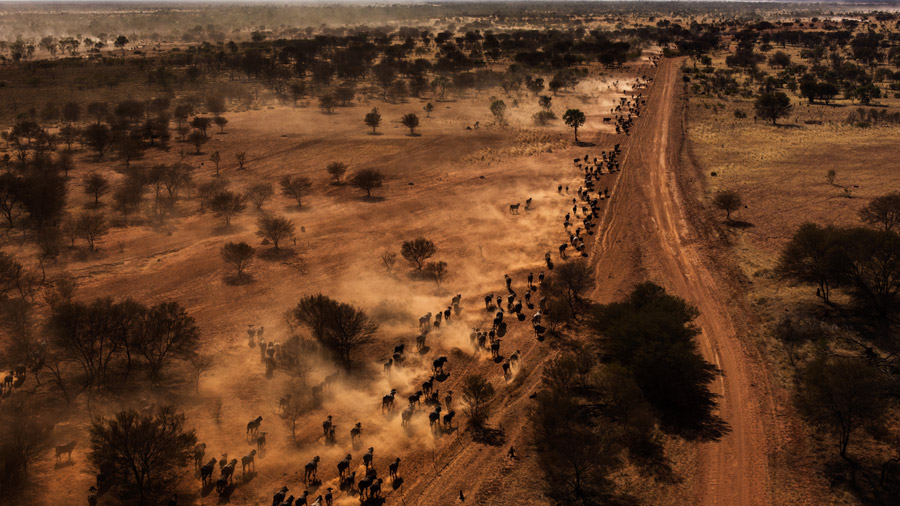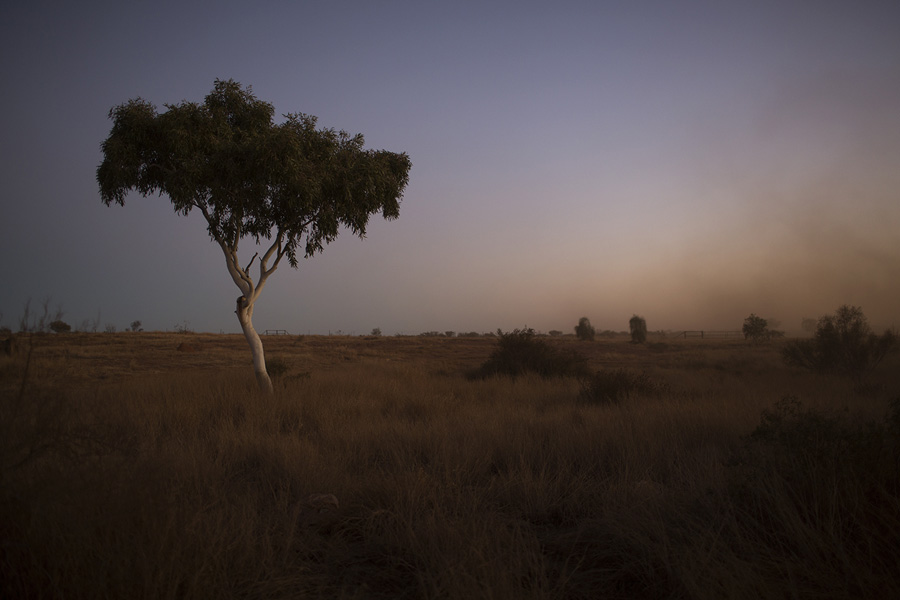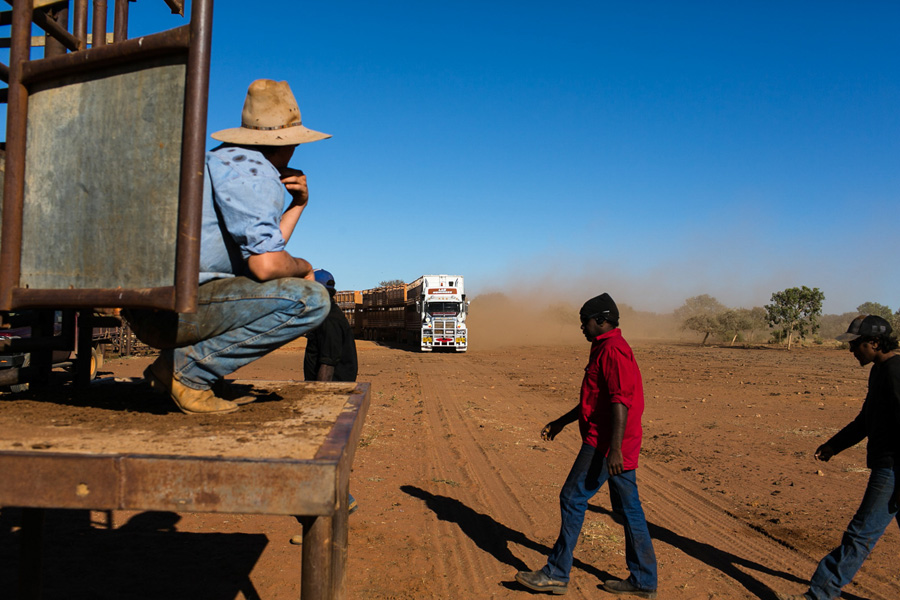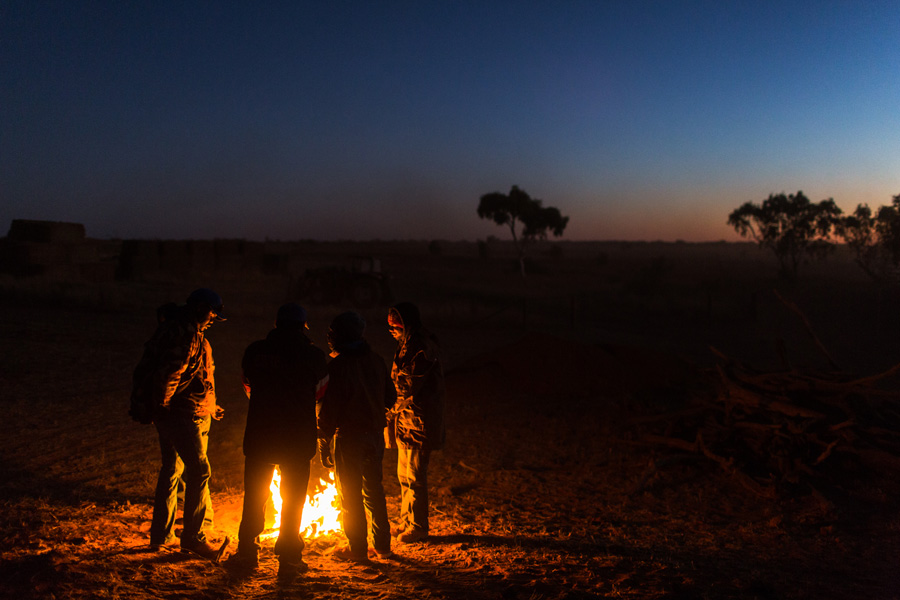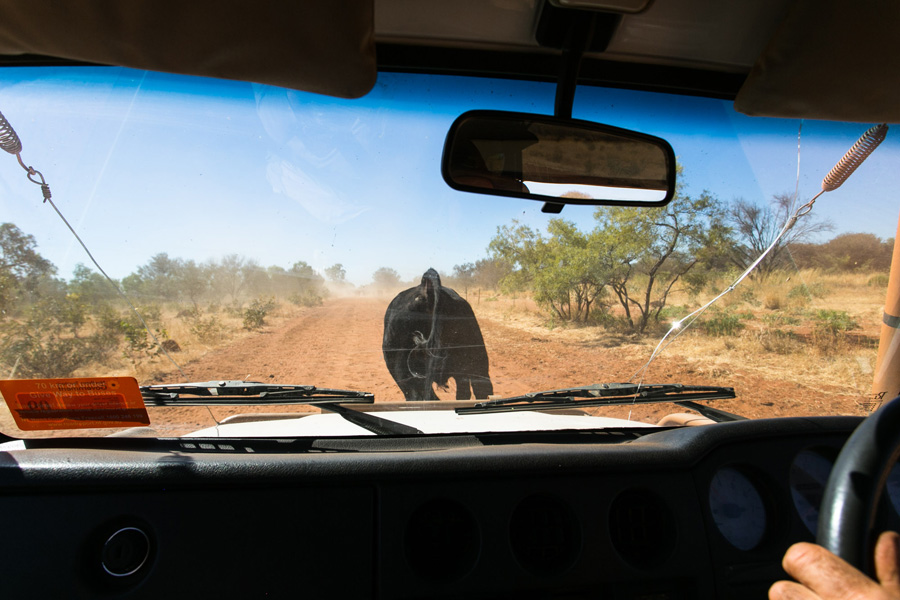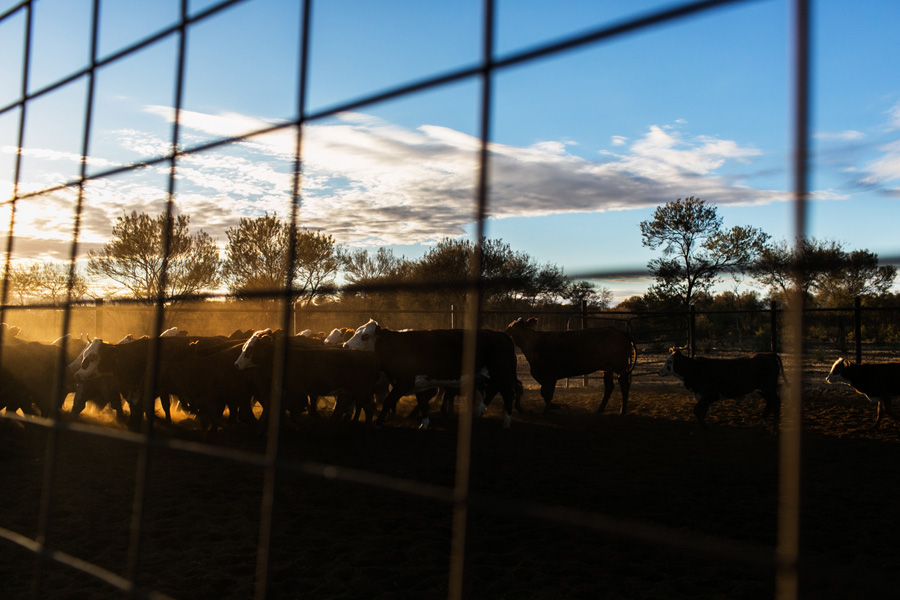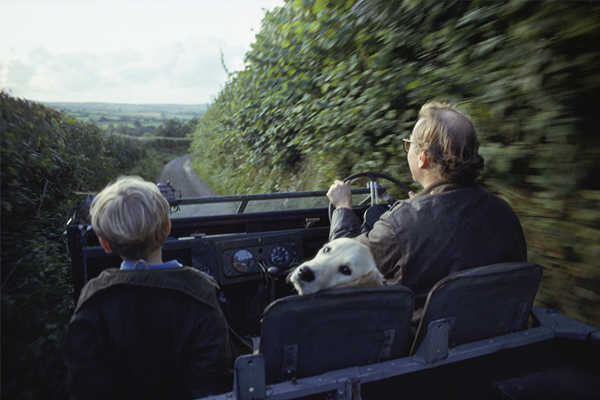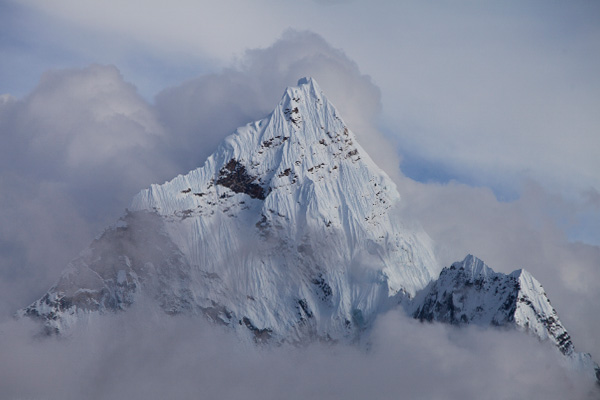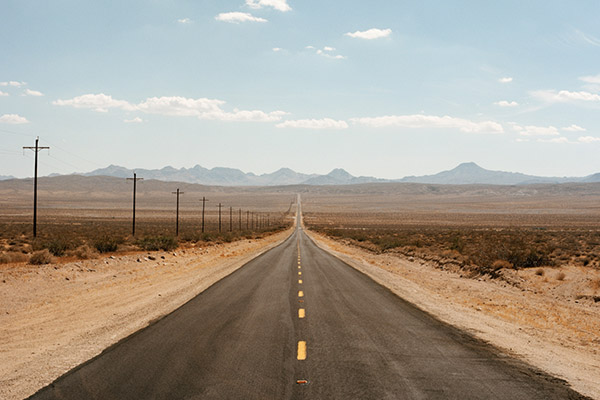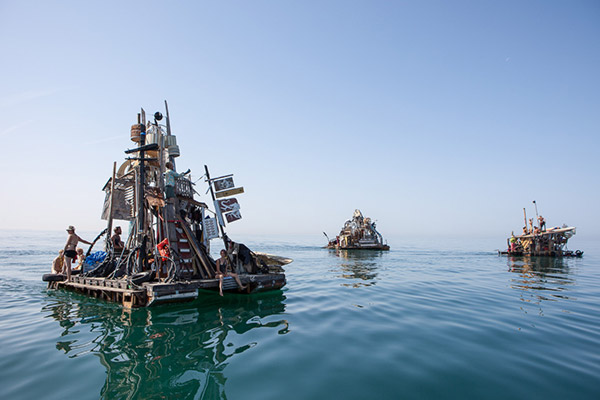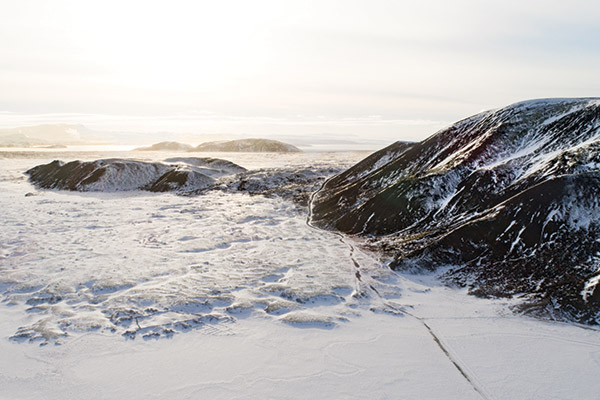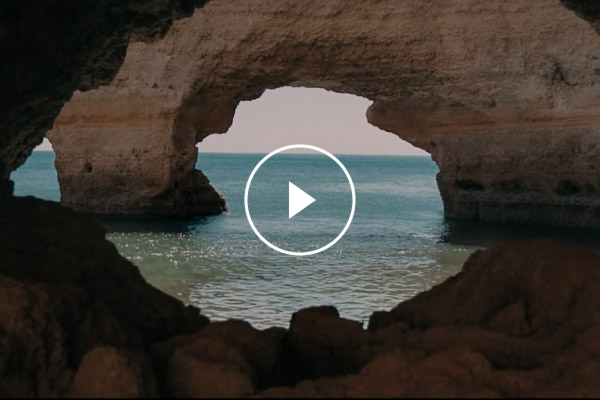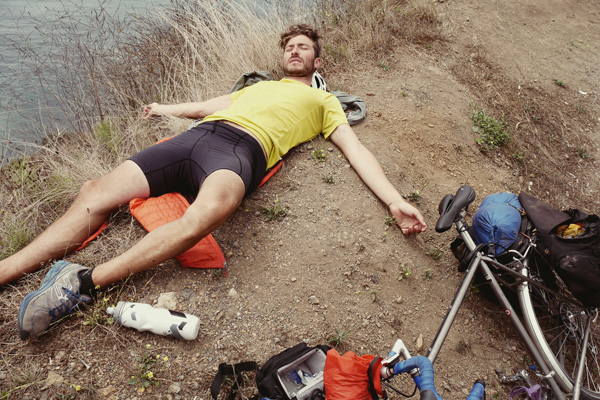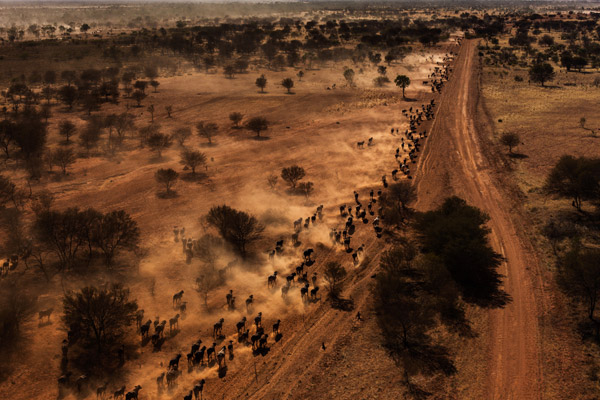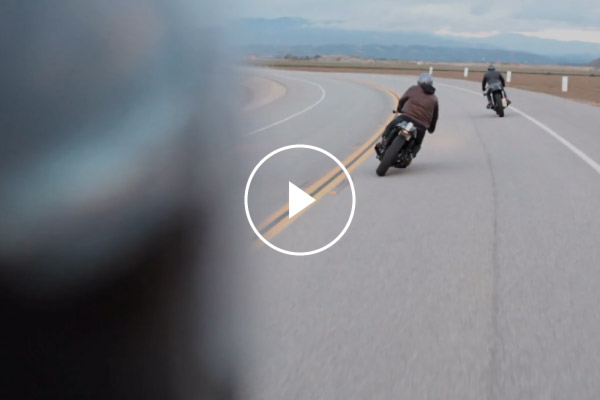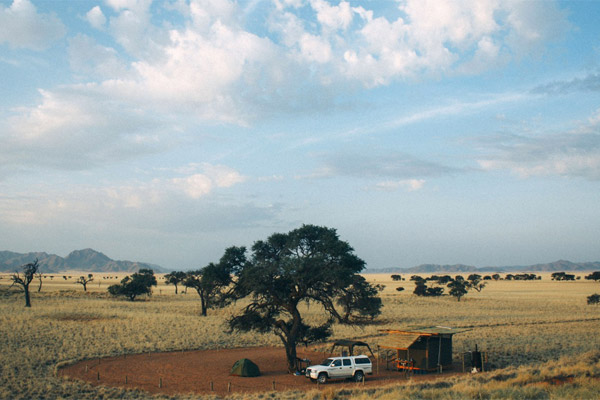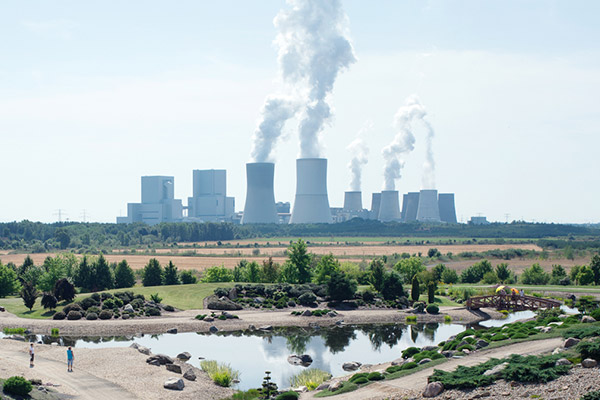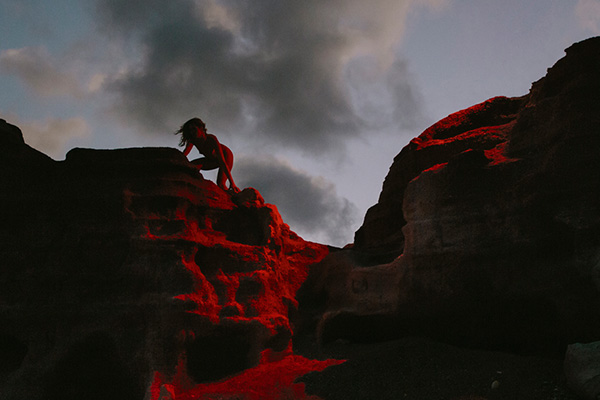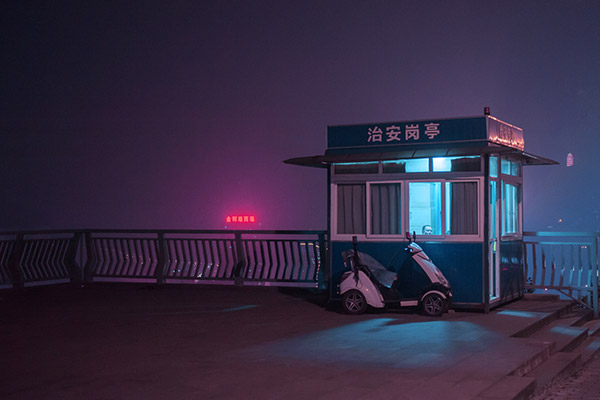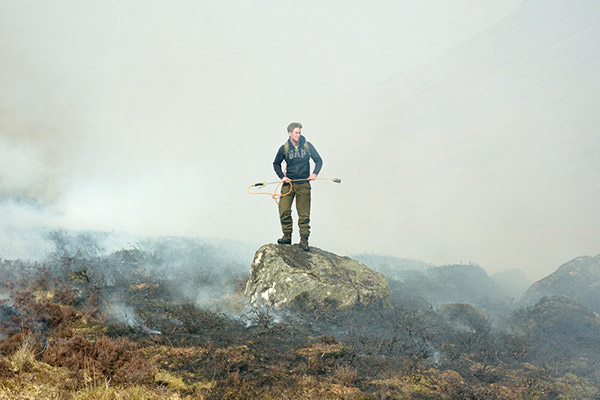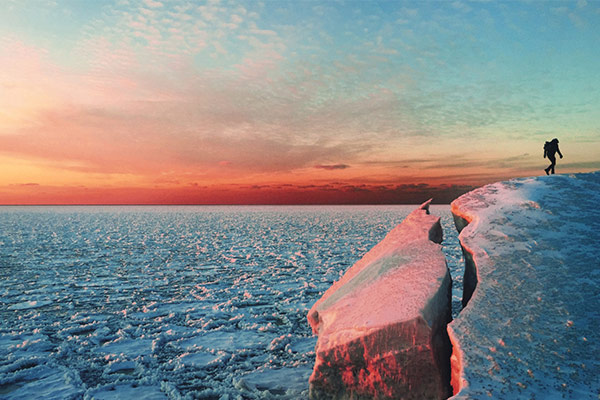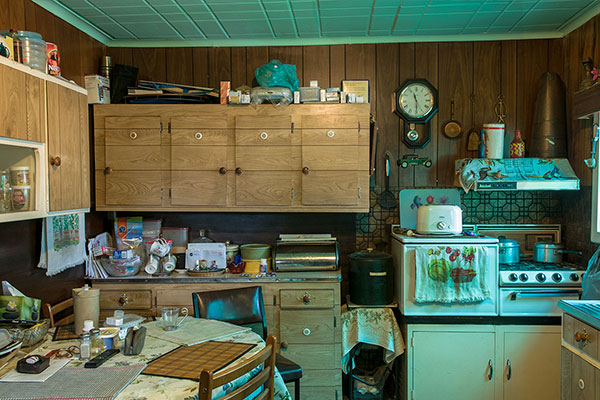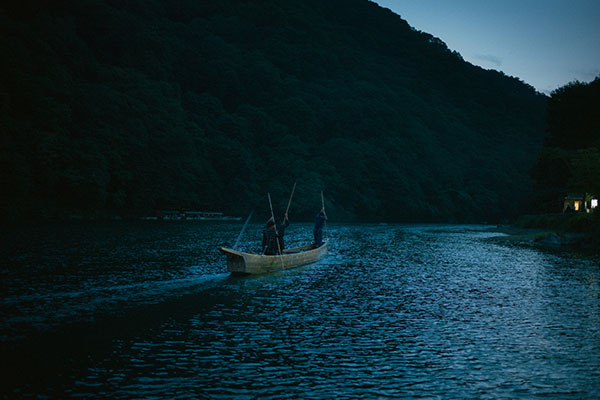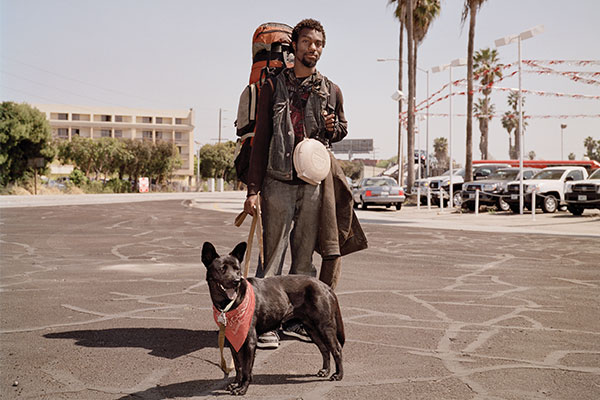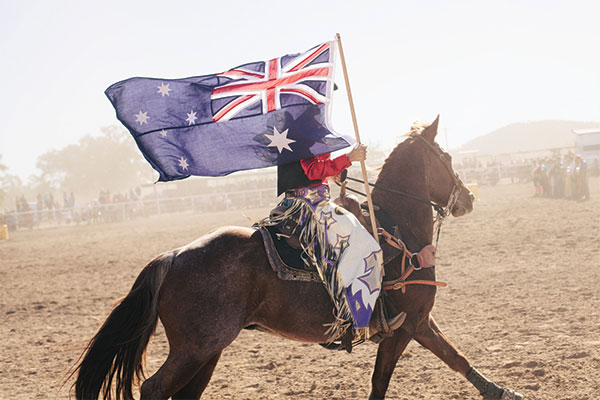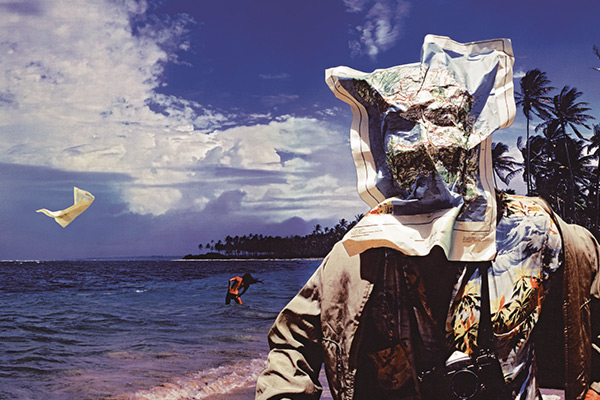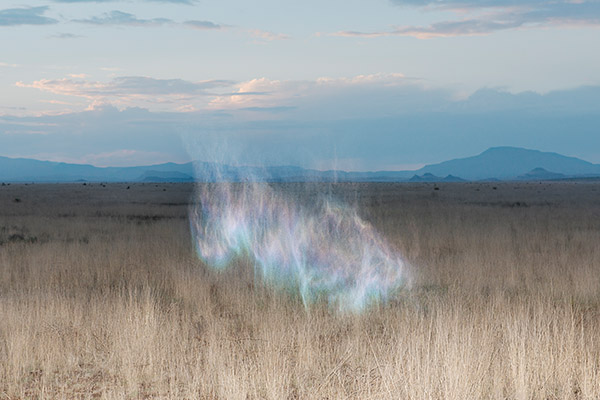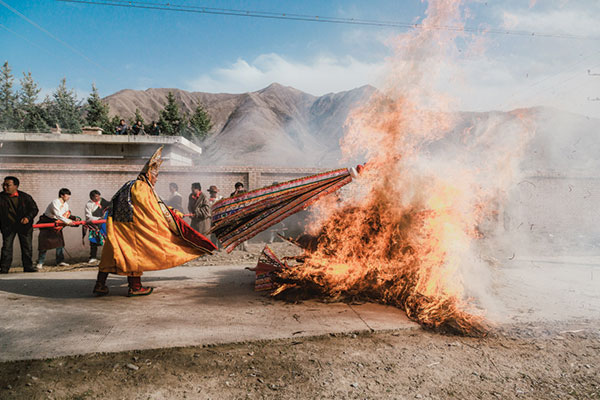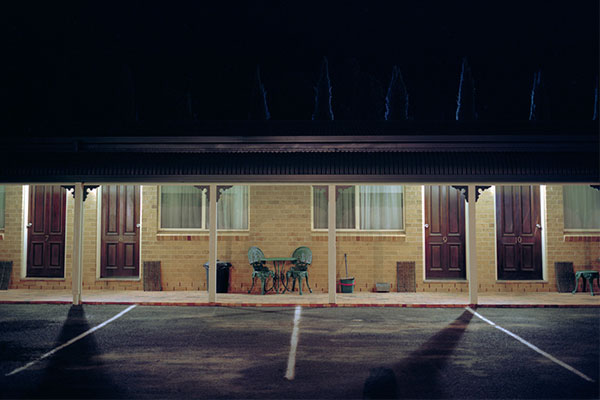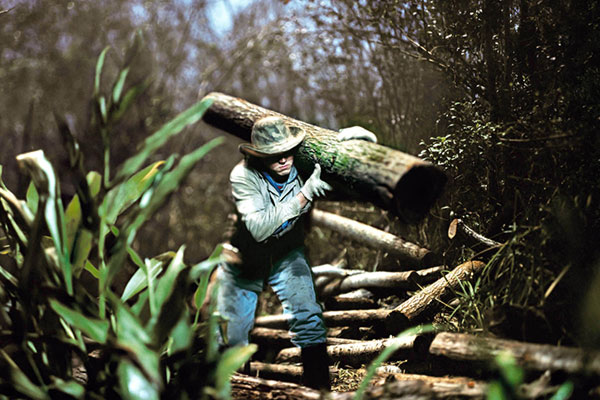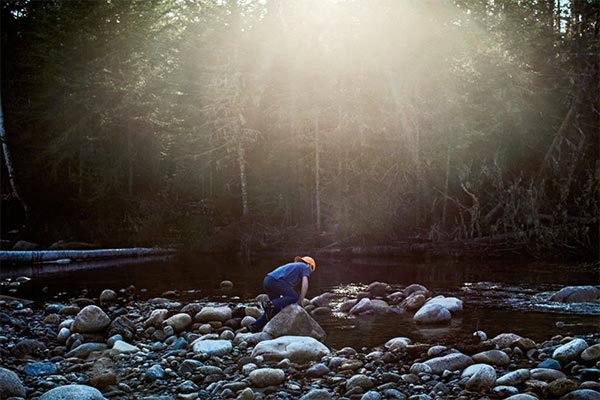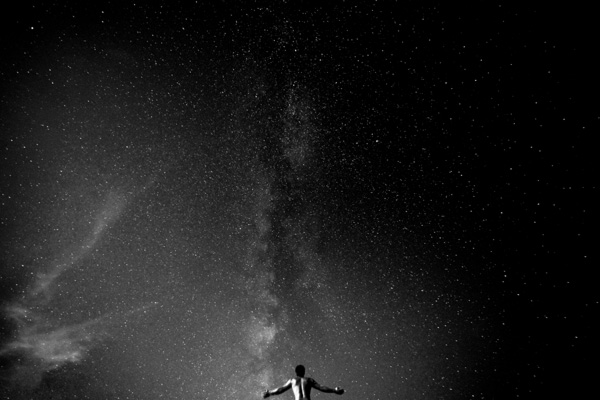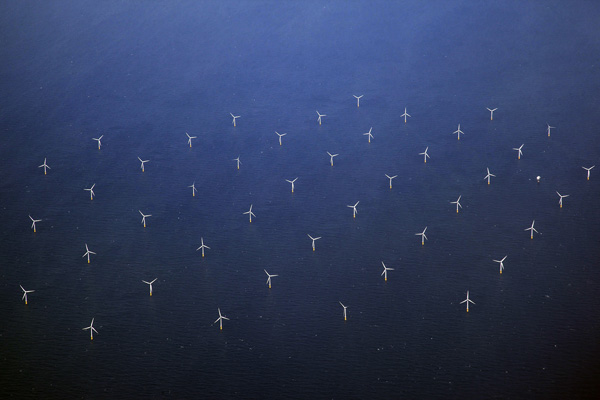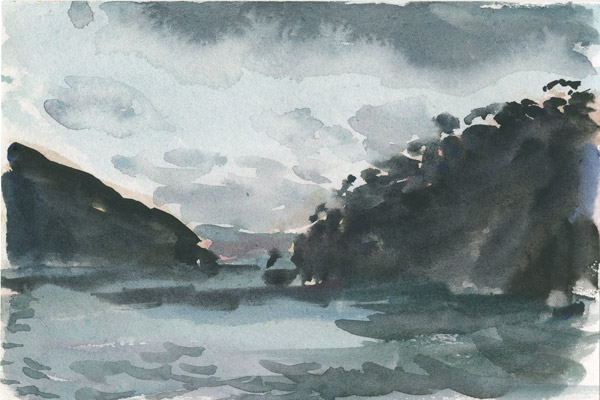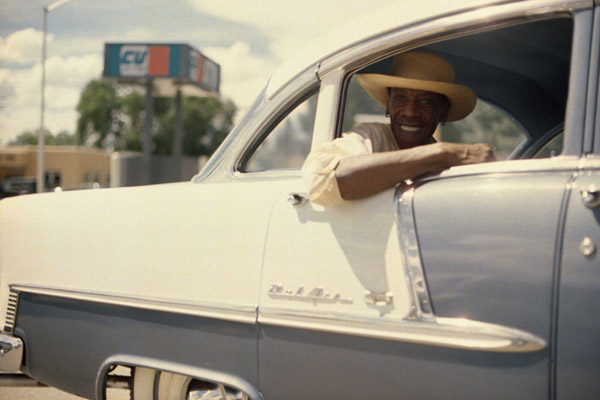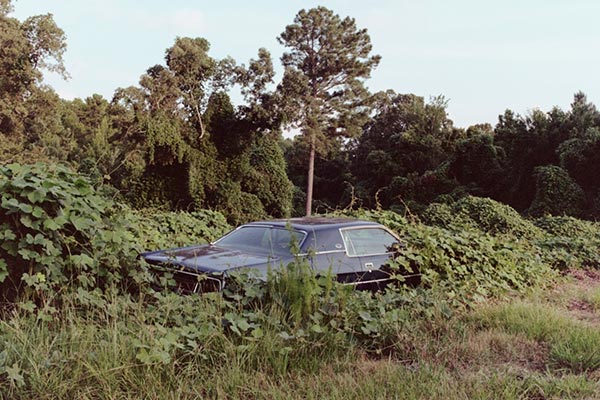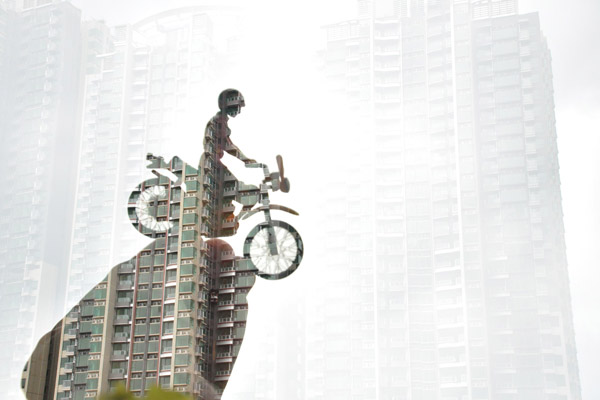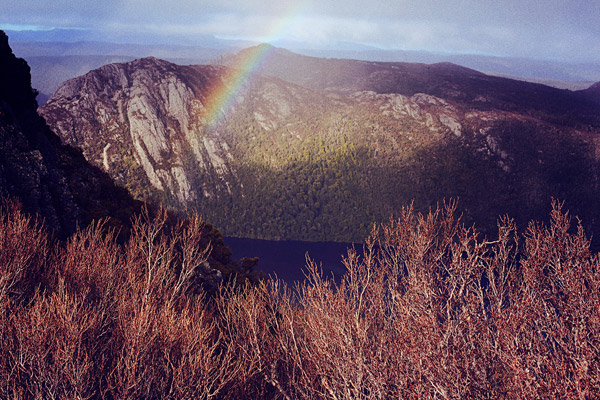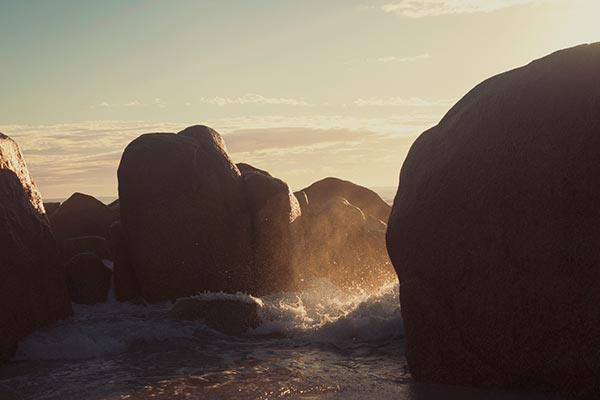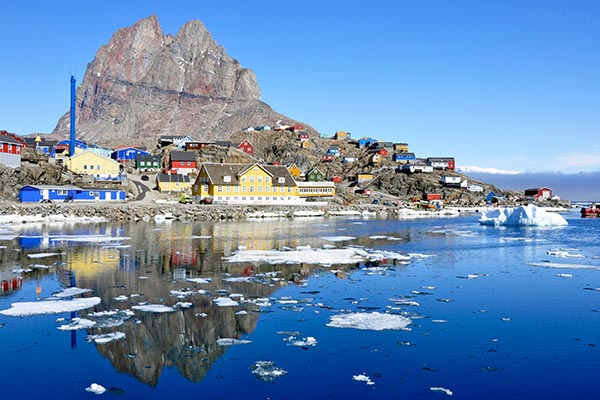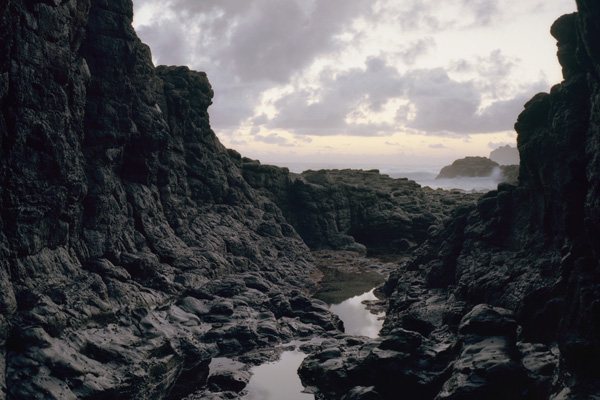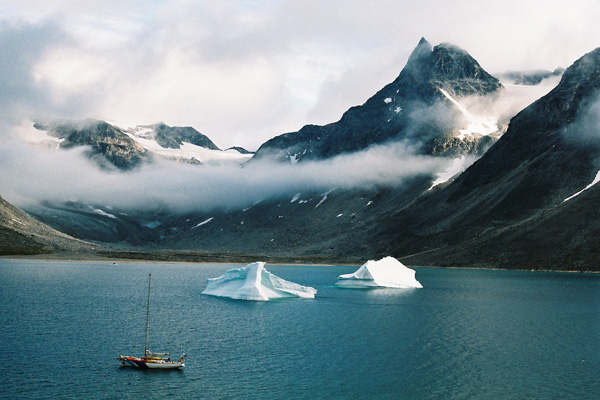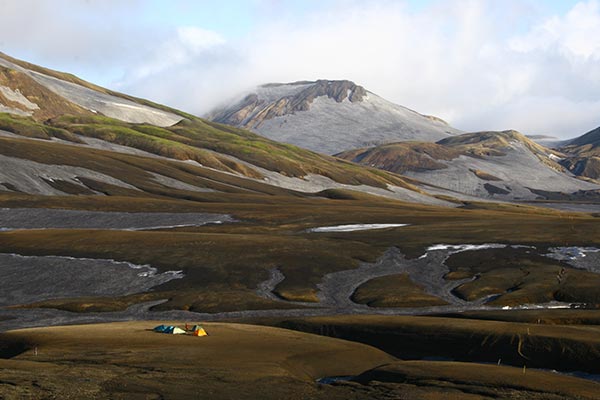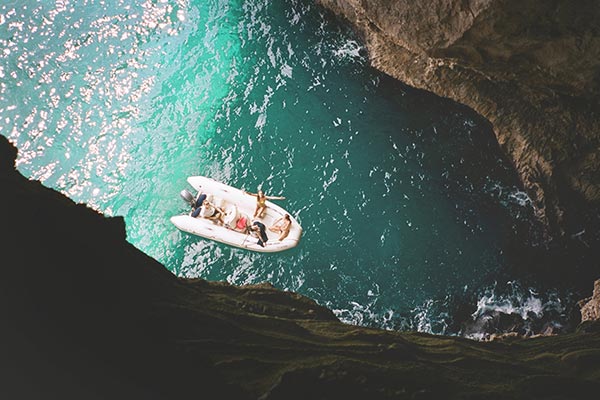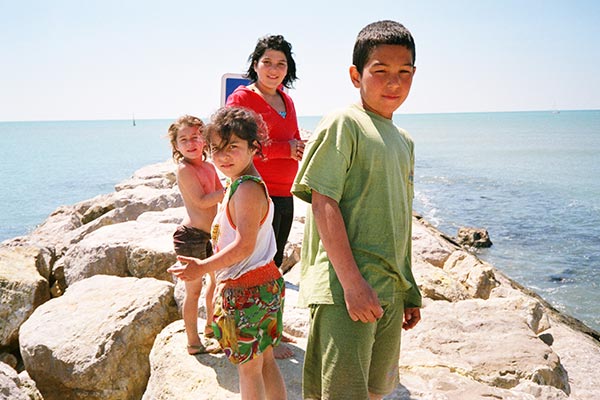Katherine Williams is a documentary photographer from all around the world – and currently Newcastle, New South Wales. The series captures the rough beauty of the outback that even plenty of Australians have not yet experienced. We asked Katherine to give us a snapshot, in a few more words, of life there as she knew it.
TAH: You’ve grown up and lived around the globe, and it’s pretty interesting to us that you felt the need to settle down for a moment in the middle of nowhere in the Aussie outback – how do you think that came about?
Katherine: When I moved to Australia five years ago I instantly became a bit obsessed with the outback. I kept telling people that I wanted to go there, do a road trip to Perth, Darwin or Uluru but everyone kept telling me how dangerous that is and that I might die of thirst on the way. So of course that made me want to go even more! The other thing is that I live and work in Newcastle and Sydney and my days are always pretty busy. As a photographer I spend a lot of time with people, either photographing them or consulting with them, which I really love but also find incredibly tiring. And when I’m not shooting I’m often stuck in traffic somewhere. So for quite a while I was feeling a really strong urge to escape the craziness and for me, the outback represented that solitude I was after.
Everyone kept telling me how dangerous that is and that I might die of thirst on the way. So of course that made me want to go even more!
I wanted to be in the proper outback, in the middle of bloody nowhere.So I decided to go back and work on a cattle station called Epenarra in the Northern Territory. Epenarra is approximately 550km north-east of Alice Springs, after turning right of the Stuart Highway it’s a 200km drive on a corrugated dirt road to Epenarra Station.
How did you hear about the station at Epenarra, and rig up the traineeship?
In December 2011 I joined some friends for a roadtrip from Newcastle, via Adelaide to Darwin. I had a camera bag that was bigger than my suitcase thinking I would be able to do some beautiful landscape photography. But we were on a tight schedule and there weren’t many opportunities for that kind of stuff. But it gave me a taste of the amazing countryside that left me wanting more.
At the beginning of the year I met an Irish bloke who had spent three months working on this cattle station in order to extend his working holiday visa. He was telling me all sorts of stories about his time there and I was fascinated. Eventually he put me in touch with the owner of the station. I told them that I wanted to come and work for them as well as take some photos and they said I could come in June. I lived on the station and shared a little house with a Scottish girl who I could barely understand and a proper Aussie bloke who was rocking the biggest mullet ever.
Was this kind of immersive experience unique? Or do you often Stanislavski-style live the life you’re shooting as a photographer?
I think from all the moving around and travelling I have done, I appreciate a slower way of travelling. I do love a good road trip but sometimes scratching the surface of a place isn’t enough for me. I wanted to experience the outback and really get to know people who lived there.
As a photographer, are you the kind whose always got a camera within reach? Did you distance yourself a little from photography while working, or did it go kind of hand in hand?
At first, I concentrated on working. I wanted to show them that I wasn’t just there for a holiday. But I also wanted to get a feeling for the place before whipping out my camera. Most of the time I worked in the station store that serviced a nearby aboriginal community. I wanted to be respectful of their ways and gain their trust before shoving my camera in their face. But after a while I always had my camera close by and people became used to seeing me with it.
At first, I concentrated on working. I wanted to show them that I wasn’t just there for a holiday. But I also wanted to get a feeling for the place before whipping out my camera.
What was a typical day at Epenarra? What could make a typical day turn sideways?
The boys would usually be out in the yards by sunrise. But my day would start at 7am in the store. We’d prepare the hot food and give the place a clean. Usually by about 7.30am people were coming in for chicken and chips, the mornings were usually the busiest. For the rest of the day we’d serve customers, fill their cars up with fuel, make sandwiches for the fellas out mustering and make sure the store was clean and tidy. Sometimes it would be crazy busy, other times the whole community would go to Tenant Creek for the show and we wouldn’t see a soul for days! My routine was often broken by going out to the yards for mustering. At first I just went along and watched and took photos but towards the end I was counting cattle and riding quad bikes. I loved being out in the yards.
Quick question for us domestic city kids, what’s a bull catcher? Who taught you to 4WD? And how exactly does a helicopter muster cattle?
A bull catcher is a 4WD with big metal bars all around it so you can chase cattle and knock them over if need be. This sounds cruel but one of my first experiences there was chasing a cow that had a broken plastic container stuck on her face. It was quite a race trying get her but we managed to knock her over, jump out of the car and pull the container off. They’re tough animals, as soon as the container was off she jumped up and ran away.
Every now and then I was given the keys for one of the station cars and told to take something somewhere or pick someone up. Driving on those dirt roads is totally different to driving along the odd unsealed road where I live! I just had to do it or else I would never have gotten anywhere. I remember one night I went for a drive to find a good spot to set up for some night photos and the car got stuck. I was miles away from the station so just had to keep cool and figure out how to get out of the mess I was in. If they had had to come looking for me in the middle of the night, I would never have heard the end of it. And I got an amazing photo of the night sky as well!
A bull catcher is a 4WD with big metal bars all around it so you can chase cattle and knock them over if need be. This sounds cruel but one of my first experiences there was chasing a cow that had a broken plastic container stuck on her face.
The choppers would be brought in to help round up the cattle. The station is so big that it would take days or even weeks to find all the cattle roaming around from the ground. A chopper can see more easily through the bush and can tell the guys on the ground where they need to go. Also an approaching chopper will make cattle move. It was amazing seeing the country from above, it really made me realise how isolated we were. It only got a little bit scary when we actually had to chase a cow that wouldn’t follow the others. The pilot had to drop me off in the middle of nowhere, told me to wait under a tree and promised to come back for me. He did, fortunately!
What’s your best memory from Epenarra? And again, for the sake of contrast – what was the worst?
I think my favourite memory is of the nights there. I have never been anywhere so dark. After getting over my fear of being attacked by a bull or dingo in the dark I became addicted to night photography. On nights when there was no moon, I could not see a thing, this is when the photos turned out best. In contrast, a new moon was so bright that I didn’t even need a torch to see where I was going.
I can’t think of any really bad experiences but I did struggle with the isolation sometimes. It made me realise how dependant I am on my iPhone and my emails and facebook, I have this need to constantly be connected to my friends and family. We had internet but only after we closed the shop and we had to share the computer. There was a landline that my boyfriend and parents could call me on but that’s not the same as just being able to send a message and get an instant answer. In some ways that was quite relieving but sometimes I let it drive me nuts!
After getting over my fear of being attacked by a bull or dingo in the dark I became addicted to night photography.
How do Epenarrians have fun in down time? Did you get any cooking skills from the station?
There are two pubs within a radius of about 200km of the station, they were usually the places to go. Otherwise Tenant Creek is only a few hundred kilometres north and Alice Springs is about 550km south. There doesn’t seem to be much down time though, there is always something to be done on a station like Epenarra. And yes, I learnt to cook a nice juicy steak!
You’ve taken some great portraits of the people you worked with – what are the stories behind these shots?
The portraits are of the people I saw pretty much every day. Jimmy, the old fella with the curly hair, is an incredible artist. I have one of his landscape paintings hanging on my wall at home. Susie is Jimmy’s wife. She would come into the store every day to use the internet or get fuel for their car. At first she always seemed really grumpy and rude. But one day I showed her a photo I had taken of her and her grandkids and she cracked a big smile and started giggling like a girl. The other fellas worked in the yards. The old guy with the hat is Derek, he never spoke, just got things done. Kane was one of the regular station hands, he was very proud and always dressed immaculately, even if his clothes were covered in crap by the end of the day. And Jessie, the old lady with the grey hair was my favourite. She would always smile at me and try to have a chat in the little English she spoke.
After getting to know them a little better I realised that they were all just waiting for me to take their photos. I was so cautious about that because everyone told me I had to be. And of course I was always respectful and would ask before taking a photo but they never said no.
I had been wanting to take a series of portraits and realised that the entrance to the store was the perfect spot as the light was really beautiful there. I decided early on that I didn’t want to photograph them in their community. I don’t want to seem like a white person coming in to judge them and their ways of life. I got to know them, they got to know me and I was sad to say good-bye when I left.
This might be a little outta left field but – how did you feel about working at a place where the package meat in the supermarket starts off? Or is that something people think less about when it’s just ‘work’?
In my second week there the boss took me out with him to get a killer. I saw him shoot the steer, cut him up and I helped clean the meat and hang it in the meat shed. When I was a teenager I was vegetarian for a few years and I still hated touching raw meat until that day. But I got over that pretty quickly and that evening I cooked myself the most delicious steak I have ever had! Other than that, they mainly raised cattle at Epenarra and then sold live-stock on to the people who make the meat.
In my second week there the boss took me out with him to get a killer. I saw him shoot the steer, cut him up and I helped clean the meat and hang it in the meat shed.
I would feel a lot more comfortable about buying meat in a supermarket if I knew for sure that the cattle were raised in a place like Epenarra!
What did you leave Epenarra with a greater appreciation for?
The guys who run the station have an incredible work ethic. They work from sunrise to sunset, every day. You have to be able to do hard labour and run a business at the same time. The kids there seem to be a lot more independent a lot earlier and the women work just as physically hard as the men. There are no excuses, you get up in the morning and get shit done.
You’ve come out of the experience with incredible work, and there must be nostalgia locked up in them for you. Do you think you’ll ever go back to mustering life? Are you always looking for new experiences?
I would really love to go back to Epenarra soon, while I was there it was winter and mustering season. I think things are quite different there in summer. And I miss the people and the wide open spaces. While I am always looking for new experiences I do often find myself returning to old places.
Anything else we should take a look at?
Here is a link to my night shots
And these shots are from that first roadtrip to Darwin where we didn’t have time to stop much. So instead of landscapes I started focussing on the people I met. This was probably when I discovered that I really wanted to be a portrait and documentary photographer.
Words and images by Katherine Williams
Receive a postcard from us sign up

